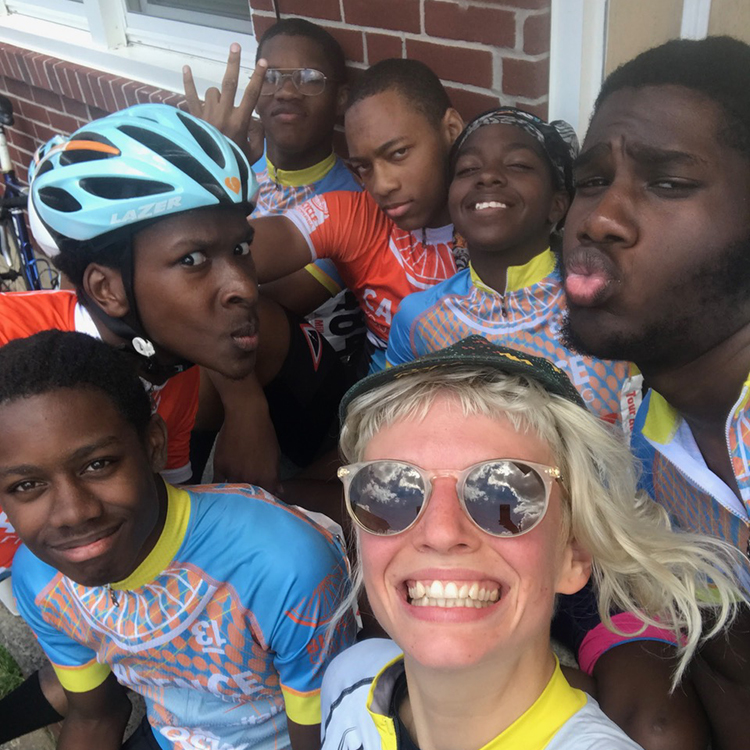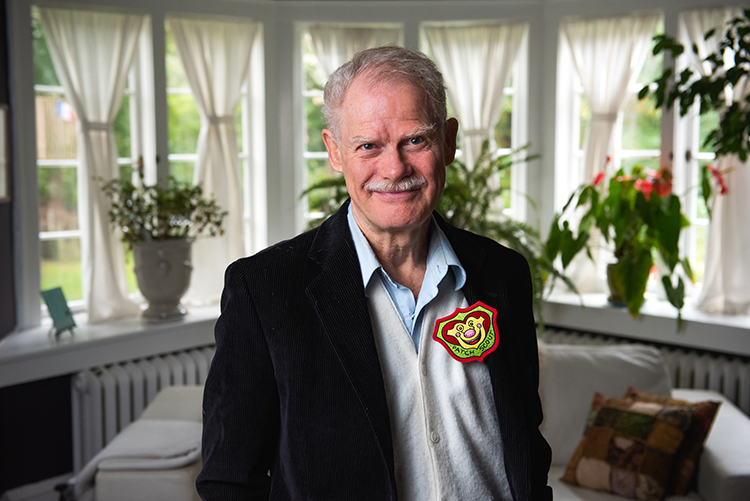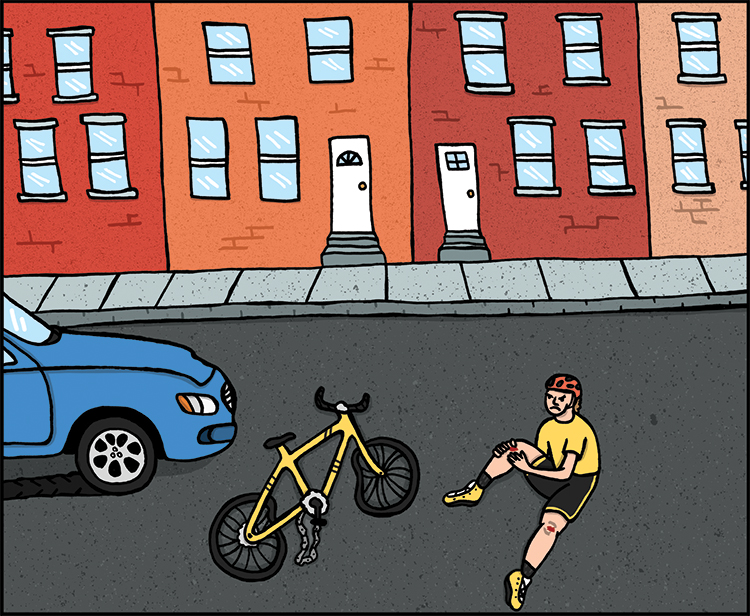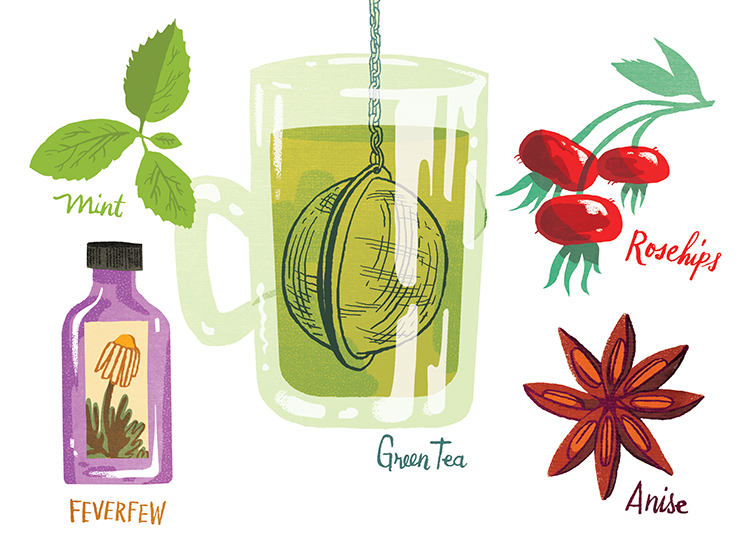It was a few hours after a meeting with Grid contributor Constance Garcia-Barrio that I had a realization that startled me. Her hand, the same one I had shaken earlier in the day, had been touched by someone who was born a slave. Our handshake connected me to Constance’s great-grandmother, Rose Wilson Ware, born around 1851, who lived an astonishing 113 years, creating an unlikely bridge back to the Millard Fillmore presidency. Constance writes about her relationship to Ware in what is the first of a twelve-part series celebrating the contributions of Black women in the United States.
Predictably, my concept of time has changed dramatically as I’ve gotten older. When I was young, the 1960s seemed like an eternity ago. Now, the 1860s feel like yesterday, and the centuries not so distinct. Sometimes I bump into a fact that boggles my mind, like when I recently discovered that Hank Aaron played in the Negro Leagues.
Whether we acknowledge it or not, we’re touching the legacy of slavery, directly and indirectly, every day. Next year, 2019, marks the 400th anniversary of African slave ships landing on our shores. For the majority of that time, 246 of those years, slavery was the law of the land. If you count the passage of the Voting Rights Act of 1965 as the end of legal discrimination, the numbers are even more damning. Three-hundred, forty-six years of legal racism; 53 of something closer to, but far from, equal rights. Put another way, we have had racist laws for 87% of our history.
Regular readers of Grid will notice that there is a significant amount of music content in this issue. Conversely, readers of JUMP will notice a significant amount of content about sustainability and social justice. As we mulled over the possibility of merging these publications, we puzzled over how these topics do, or do not, fit together. Yet, when we began editing the music stories, it became clear that there indeed is a strong connection.
Art often gives voice to the marginalized, and offers societal critiques. In the pages of JUMP, a Black man who loves punk rock experiences racism in the shape of being overlooked and ignored. Three women in separate stories talk about making career (and hiring) decisions based upon gender empowerment. Two of our stories revolve around artists struggling, and finally coming to terms, with sexual identity. The primary figure in our music cover story was once incarcerated, and he has launched a nonprofit aimed at helping prisoners and their families.
Don’t get me wrong. Not all the music in this issue is politically charged. Some of it is about the always-timely topics of new love’s euphoria and the heartbreak of lost love. Some is just the bacchanalian call to having a good time: Enjoy yourself, it’s later than you think.
As the issue drew to a close, the answer for me as to whether or not the topics of sustainability and music are compatible is an emphatic yes. Of course art and culture are inextricably linked. Just as certainly as the past and present have a habit of blending into each other. The connections are there, waiting to be made.








